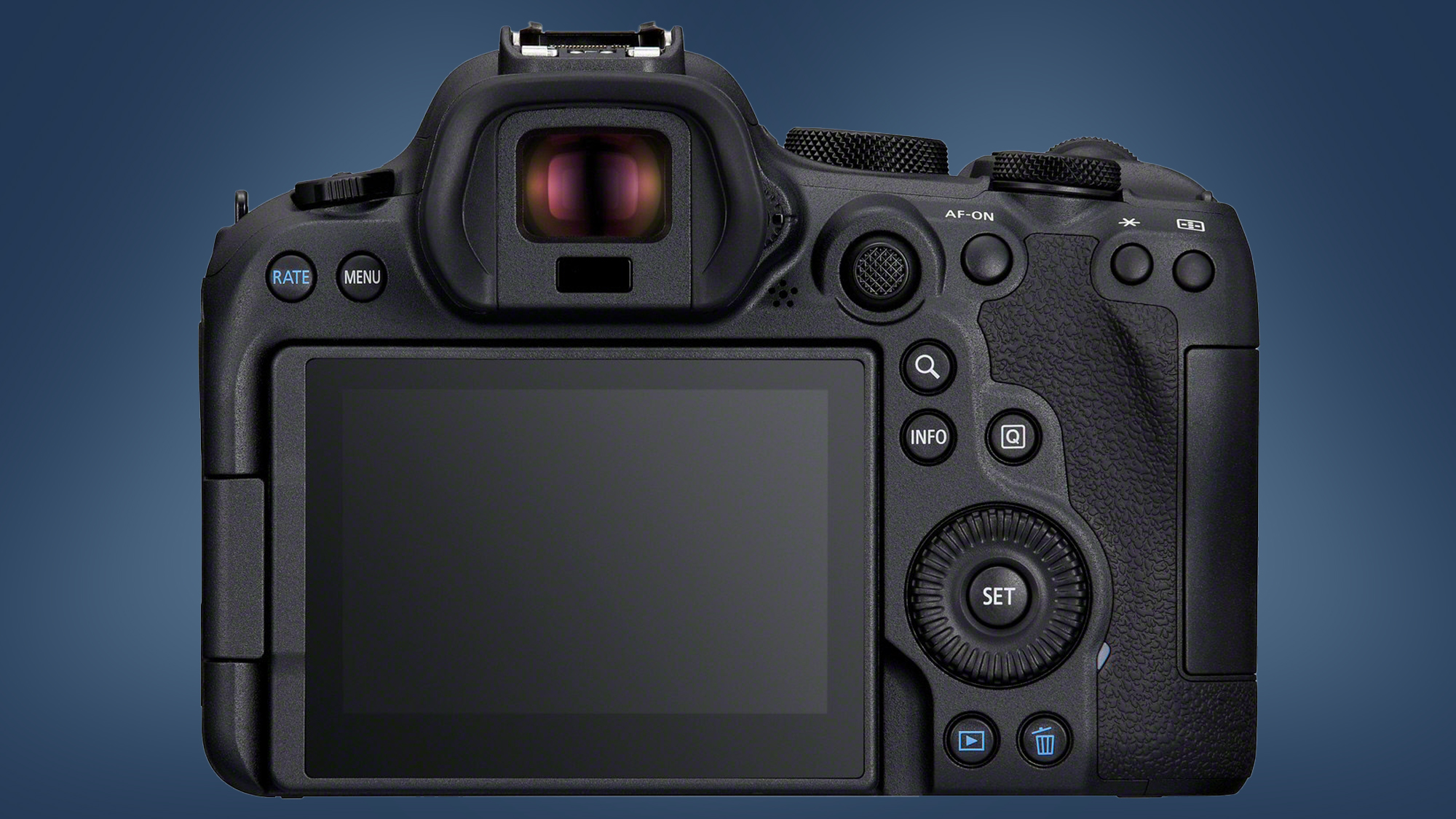The Canon EOS R6 Mark II has the mirrorless firepower to take on the Sony A7 IV

The Canon EOS R6 Mark II has ended speculation that it might have the same sensor as Canon's flagship sports camera, but the new full-frame mirrorless beast is still a fine all-rounder. (Looking to jump straight to our early verdict? Head to our hands-on Canon EOS R6 Mark II review).
The EOS R6 Mark II is the follow-up to 2020's original EOS R6 and the main upgrade is a new 24.2MP full-frame CMOS sensor. This gives Canon's new model a 20% bump in resolution compared to its 20MP predecessor, which will please photographers looking for a bit more detail or cropping potential.
Earlier rumors had optimistically predicted that the EOS R6 Mark II could have the same 'stacked' 24.1MP sensor seen in the Canon EOS R3. Stacked sensors have incredibly fast read-out speeds for speedy burst shooting and professional video quality, but they also come with a premium price tag.
Still, the EOS R6 Mark II's new sensor doesn't just deliver an extra helping of resolution. It's also fast enough to shoot 40fps bursts with autofocus in raw or JPEG, without any crop at all. Granted, it can't maintain those speeds for very long (just under two seconds when shooting raw files), but that's still twice as fast as the EOS R6 and a potential bonus for action or sports shooters.
Another helping hand in that department is the EOS R6 Mark II's upgraded Dual Pixel CMOS AF II system. Thanks to some improved deep learning, it can now recognize and track aircraft, trains and a greater variety of animals than before (including horses and zebras). Slightly niche perhaps, but the AF system is more confident when shooting people too, as we discovered in our early preview.

The camera's new sensor also supports some improved video skills. You can shoot uncropped 4K/60p video, which is also oversampled from the camera's 6K native resolution. That's a recipe for some high-quality video, although there's sadly still no 4K/120p mode for slow-mo fans.
The EOS R6 Mark II is otherwise very similar to its predecessor, which is no bad thing. It has a nigh-on identical physical design with great handling and a new multi-function shoe on the top for pairing it with accessories like Canon's new Speedlite EL-5. In the US and Australia, it also has an identical price tag to the original EOS R6, costing $2,499 / £2,779 / AU$4,499 (body only), with that UK price being an increase of about 11%.
Sign up for breaking news, reviews, opinion, top tech deals, and more.
You can also pre-order the camera now with the RF 24-105 f/4L IS USM lens for $3,599 / £3,999 / AU$6,399. In the US and UK, you can also get the EOS R6 Mark II with the cheaper RF 24-105mm f/4-7.1 IS STM zoom lens for $2,799 / £3,129, with sales expected to start from late November.
Analysis: Not stacked, but definitely ripped


Speculation that the Canon EOS R6 Mark II might have a stacked sensor has proven to be wishful thinking, and that isn't a great surprise. Only a handful of full-frame cameras have that modern sensor design and they're all priced well north of Canon's new hybrid shooter.
But that doesn't mean the EOS R6 Mark II is underwhelming or underpowered. Its new 24.2MP sensor may not be stacked or even backside-illuminated, but it clearly has some pretty rapid read-out speeds of its own, as shown by those 40fps burst speeds and its ability to shoot oversampled 4K/60p without a crop.
In other words, mirrorless cameras don't necessarily need stacked sensors to be considered high-end or pro-quality. The EOS R6 Mark II might be a relatively modest upgrade in other areas, but it fixes most of its predecessor's weaknesses. And as our hands-on review remarks, "few cameras at this price can match its hybrid skills" for shooting stills and video.
It'll certainly be an interesting tussle with the Sony A7 IV and Nikon Z6 II though, so stay tuned for our full Canon EOS R6 Mark II review very soon. And if your budget understandably doesn't quite stretch to those cameras, check out our guide to the Black Friday camera deals for some tips on how to land a bargain this month.

Mark is TechRadar's Senior news editor. Having worked in tech journalism for a ludicrous 17 years, Mark is now attempting to break the world record for the number of camera bags hoarded by one person. He was previously Cameras Editor at both TechRadar and Trusted Reviews, Acting editor on Stuff.tv, as well as Features editor and Reviews editor on Stuff magazine. As a freelancer, he's contributed to titles including The Sunday Times, FourFourTwo and Arena. And in a former life, he also won The Daily Telegraph's Young Sportswriter of the Year. But that was before he discovered the strange joys of getting up at 4am for a photo shoot in London's Square Mile.